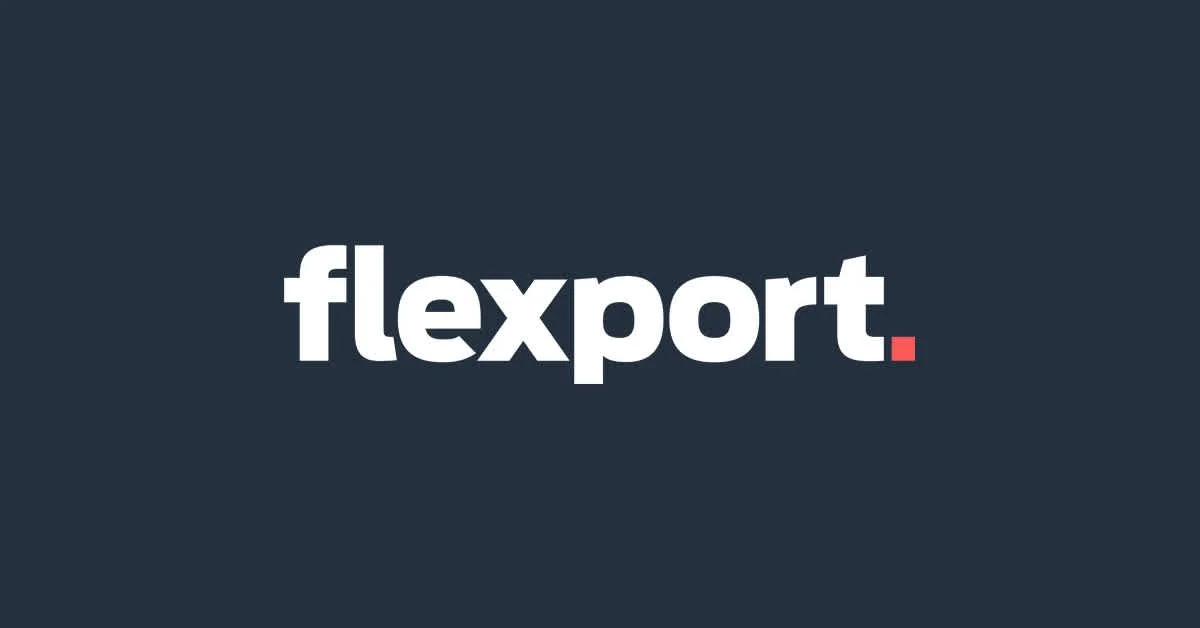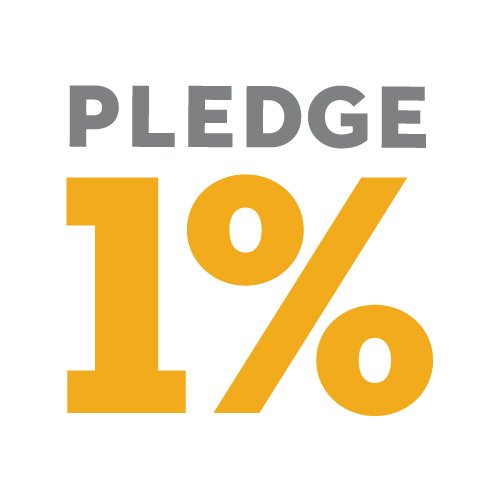What do Prince Harry, Lil Nas and Simone Biles all have in common?
Although these three people seem to have little in common aside from the fact that they are all A-list(?) celebrities, they do share a unique thread: they each also happen to be Chief Impact Officers.
The Ballmer’s recent $400mm commitment to PE/VC - and how this may affect the world of Donor Advised Funds
In case you missed it, Steve Ballmer, former CEO of Microsoft, and his wife, Connie, have committed $400 million to Black private equity and venture capital managers.
The Rise of the “B Corp”
I need to start out by clarifying what “B Corp” means, as it is often confused with “Benefit Corporation”. In short, the term “B Corp” refers to a third-party certification (by a nonprofit called B Lab), while “Benefit Corporation” refers to a legal incorporating structure similar to an LLC or a C Corp.
Did you see the news about Patagonia? Why “doing good” can be controversial.
There are a variety of ways that companies can give back to the community — from employee volunteer days, donation matching programs, product donations, etc. — and then there is Patagonia, which recently announced it will be donating 100% of its profits (some $100mm per year) to combat climate change and protect land across the globe.
It's easier to start a .org than you think.
Until recently, I thought that every “[name].org” was in reference to a registered nonprofit or 501(c)3 - similar to how a .edu is used in reference to an educational institution and .gov for a governmental agency.
Postmates: A Case Study on How to Leverage a Business’s Existing Capabilities as a Force for Good
Diz Petit has been a community activist since she was 16 years old — she always had a desire to do right. Most recently she co-founded LiquiDonate, a for-profit service that matches a retail company’s unsellable items with local nonprofits and schools who need them while saving the company money — Donations as a Service (DaaS), if you will. She’s doing good and doing well (really well) at the same time.
Flexport: Portfolio Company Case Study
For this post, I wanted to dive deeper into one of my favorite investment + philanthropy collaborations we’ve made at Rise Together, with Flexport. I view Flexport as a “shining star” example of how startups can apply their scalability and core competencies to effect change in a powerful way.
3 reasons why PagerDuty’s Impact Program is Admirable
I was lucky enough to score some time with Nisha Kadaba, a social impact leader at PagerDuty (a for-profit business), to learn more about PagerDuty.org’s powerful approach to delivering impact.
Introducing Pledge 1%.
Pledge 1% is an organization I only somewhat recently learned about, but is one that I hope many of you reading this newsletter have already heard of. If you haven’t yet — below is a brief overview.
Three Venture Firms Integrating Venture and Philanthropy
As I started out on my journey building Rise Together Ventures, which pairs venture equity investments with parallel philanthropic capital to drive impact in the for-profit world, I was curious whether there were other firms that had similar goals or structures.
Did you know that Andreessen Horowitz has a philanthropic fund?
Yup, they sure do — it’s called the Talent x Opportunity (TxO) Fund, and it’s technically a Donor Advised Fund, or “DAF” (which is similar to a Foundation — check out my last Medium post if you don’t know what a DAF is).
Do you know where $160 billion dollars is sitting?
Meet the DAF. Short for “Donor Advised Fund.” Donor-advised funds are a unique philanthropic tool that allow donors to establish and fund a charitable account with a sponsoring organization that will be used later to support charitable or impact-focused activities.
What Exactly is a Philanthropic Mirror?
A “Philanthropic Mirror” is a pool of philanthropic capital that is allocated alongside an equity investment in a for-profit company collaboratively deployed in support of a strategic impact initiative on behalf of said company.
Hello, World.
My career to date has entirely been in the for-profit sector. I started as an investor, spent a lot of time as an operator in fast-moving startups, and after starting my own family I was presented with the opportunity to explore the mysterious world of Family Offices.














